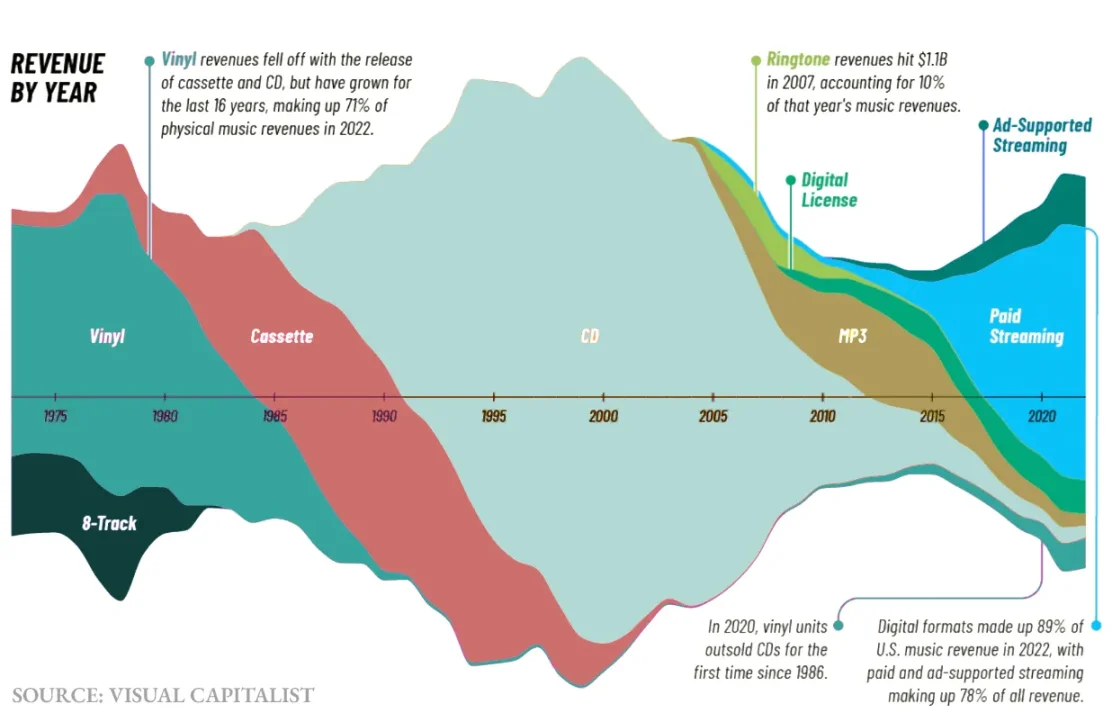Akash Shuts Down Cosmos Chain, Sets Off to Find New Network Home
- Akash migrates from Cosmos chain
- Focus on security, liquidity and community
- Staking will evolve beyond traditional consensus
Akash Network plans to decommission its chain built on the Cosmos SDK and migrate to a new network, founder Greg Osuri announced. The project hasn't yet decided on its destination, but the transition will be conducted in an open and participatory manner.
According to Osuri, the target network must offer "strong security, a high-quality community, deep liquidity, and promising growth," while maintaining compatibility with the IBC protocol to maintain interoperability. He emphasized that the selection phase will involve a public evaluation of candidates within and outside the Cosmos ecosystem.
Is Akash moving out of Cosmos?
Akash is an app chain and is currently running on its own L1. It's built using Cosmos SDK but does not run on Cosmos Hub. We will be deprecating our own chain and moving to a different one that can secure Akash.
We'll be evaluating chains that… https://t.co/5Ttty185vI
— Greg Osuri 🇺🇸 (@gregosuri) October 12, 2025
As a decentralized cloud computing platform, Akash operates a marketplace that connects buyers of computing capacity—especially for AI and workloads—with independent providers. In its Mainnet 6, the project has already incorporated support for Nvidia GPUs, seeking to reduce costs compared to centralized clouds.
Despite the change, the team plans to maintain essential integrations: users will be able to continue using tools like Osmosis and Keplr. Osuri said an RFP (request for proposal) will be released "in the coming weeks" for foundations to participate in the process.
When asked about staking, he stated that while "it may seem like it's disappearing from Akash, it's actually evolving into something superior." This suggests that the staking model may adopt new designs beyond pure consensus security.
He also cited Solana as a "strong contender" to host the new network, emphasizing that the choice will be made with extreme care. This base layer migration involves a significant architectural overhaul, especially for a DePIN network that offers decentralized infrastructure.
The highlighted criteria—security, liquidity, and community—suggest that Akash aims for a network with scalability, broad adoption, and stability as on-chain demand for intelligent computing grows.
Although there is no set timeline for the migration, Osuri reinforced that the entire process will be conducted publicly by the community, with discussions about compensation before any final decision is made.
Disclaimer: The content of this article solely reflects the author's opinion and does not represent the platform in any capacity. This article is not intended to serve as a reference for making investment decisions.
You may also like
DeFi Builders Program First Cohort Announced: Five Teams Officially Selected!

Aspecta launches Atom upgrade: 100X potential of illiquid assets - trustless tokenization and universal liquidity
Aspecta has launched the Atom upgrade, introducing a brand-new blockchain technology architecture that establishes a non-liquidity asset trading standard based on the AMM mechanism, integrating spot and derivatives trading, all within a framework that requires no centralized trust.

From "Subscription Hell" to Precise Payment: A History of the Evolution of Internet Pricing Models
This will be the topic we will delve into next: how developers can use x402 without worrying about potential failures in the future.

4 Catalysts That Could Boost Bitcoin

